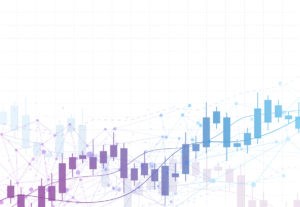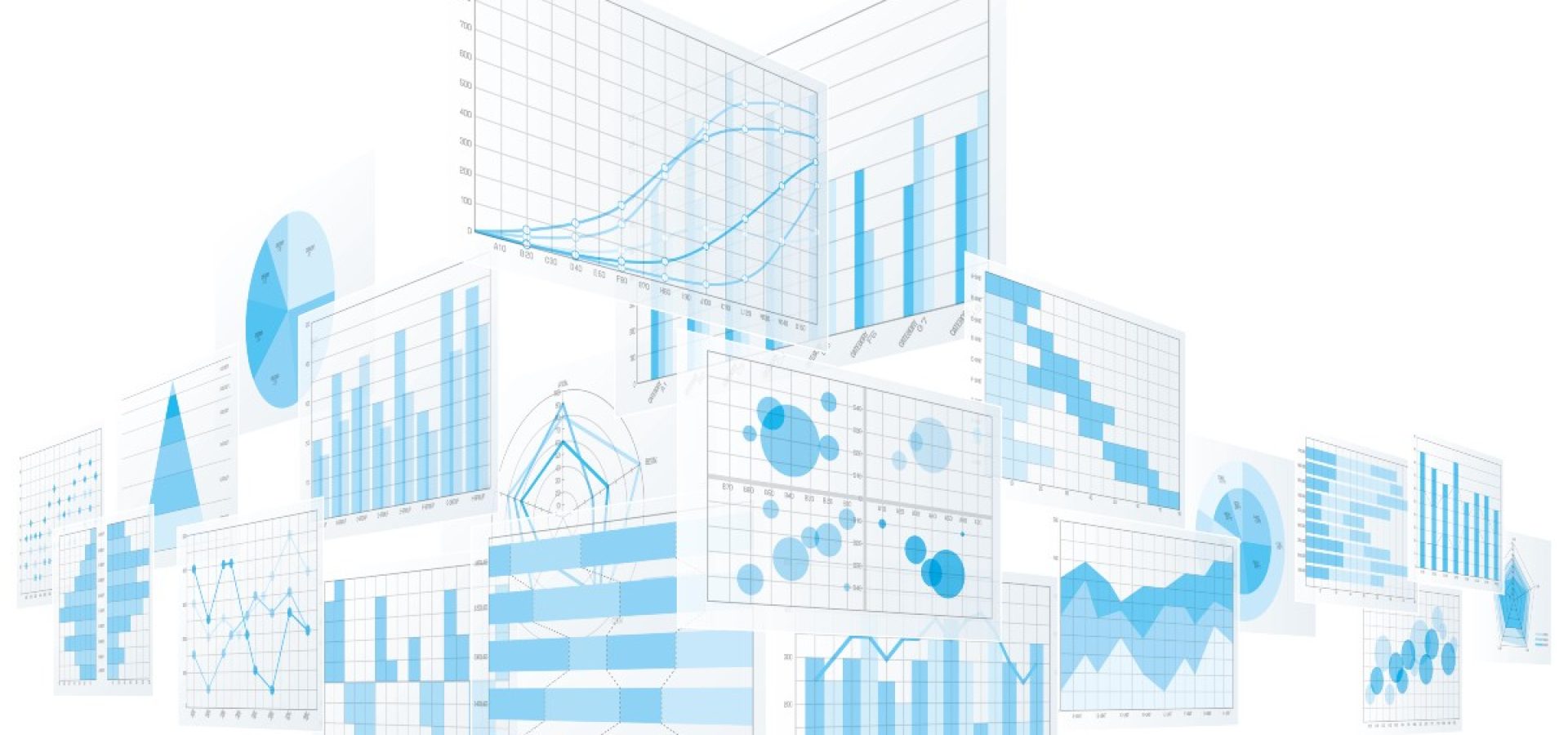Without stock charts, knowing what’s going on in the financial world is difficult. In the modern world of trading, this digital age, prices change constantly. This means you need an easy way to have your pulse on the market. This becomes especially true if you are dealing in the short term. In the short term, reading a stock chart is essential. There is no other path to achieve success. This means you will need to deal with technical analysis and stock charts. However, learning to use stock charts can take some time. This is why, in this article, we would like to briefly explain to you how you can analyse stock charts properly. Or, at the very least, introduce you to the basic terminology.
The use of stock charts
Stock charts are an essential tool for trading with technical analysis. The two cannot be separated. If you are just starting out trading, trying technical analysis is your best bet for success. The charts identify the current price, and the possible future prices (through analysis of patterns), of a stock.
Support and resistance

Support and resistance levels are one of the most vital concepts of stock trading. They tell a trader what the maximum and minimum levels of stock are (resistance and support respectively). Therefore, they tell a trader is likely overvalued or undervalued, and that the value is likely to change soon. These levels are not set in stone, however. They have a basis on an analysis of a stock’s past performance and fundamentals. It is perfectly possible that a stock will surpass either of these points. However, realising this usually required a greater insight into the fundamentals of a stock’s price.
Generally speaking though, we would not recommend trading just when a stock reaches one of these levels. If it is on the resistance, no one will want to buy it yet. If it is on the support, most of the selling would have already taken place, and you will have lost a lot. It is best practice to identify when a stock’s value is approaching one of these points. You should then find the best time prior to exchange stock.
Chart patterns
Chart patterns are what will tell you about the possible future of a stock. If you master these methods, you will be able to navigate stock charts far more effectively. There are different patterns for different time scales and differing effects. The most important thing is that you gain a feel for the patterns and recognise them effectively. Fortunately, there are not too many of them, and learning them all is quite feasible.
You should also keep in mind the performance of a stock in the past. Patterns can often repeat themselves and appear again over time. This is the ultimate pattern you should be looking out for. While we are on the subject though, some of these technical patterns have a habit of repeating for a particular stock as well.
Chart structure
Stock charts appear just like any other line chart (we are assuming we are talking of the most common stock charts). There is an X-axis that represents time. The scale of this time is one you can set your self. The Y-axis indicates the price of a stock. The Y-axis’ value can vary depending on the type of chart you are looking at, however.

We then have a separate line showing the average price of a stock at any particular point in time. These make looking at the chart a hell of a lot easier. The alternative would be looking at the range of prices at any particular time.
There is also the relative strength line. This compares a stock’s performance with a stock index. One such index is the S&P 500, which indicates the average price of 500 important stocks. This gives you an idea of the relative performance of the stock with the majority of the market.
You can then find a range of indicators, both on the chart and off it. Some of the on-chart indicators include the simple moving averages and Bollinger bands. They help visualise the movement of a stock over time. The off-chart indicators are ones such as the stochastic oscillator and the relative strength index. They do a bit more analysis into the fundamentals of the stock. How undervalued or overvalued it is, for example.









COMMENTS